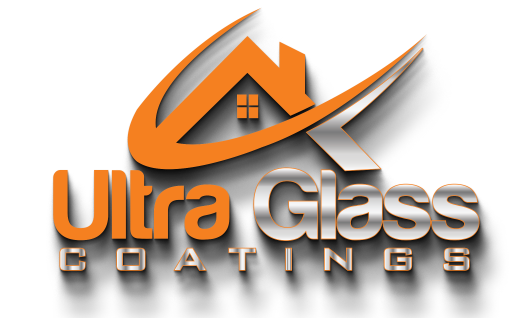Jul 11, 2022 (Nanowerk Spotlight) Hydrogels are fascinating natural or synthetic polymer materials that exhibit very versatile chemistries and physical or biological properties. They are 3D networks of either physically or chemically cross-linked polymers that resemble organic tissues and that can hold large amounts of water within their interlocked molecular...
Nanoparticles can save historic buildings
Jul 11, 2022 (Nanowerk News) Many historical buildings were built of limestone, such as Vienna's St. Stephen's Cathedral. Limestone is easy to work with, but does not withstand weathering well. It consists mainly of calcite minerals that are relatively weakly bound to each other, which is why parts of the...
Nanotechnology Now – Press Release: New iron catalyst could finally! make hydrogen fuel cells affordable: Study shows the low-cost catalyst can be a viable alternative to platinum that has stymied commercialization of the eco-friendly fuel for decades because its so expensive
Home > Press > New iron catalyst could finally! make hydrogen fuel cells affordable: Study shows the low-cost catalyst can be a viable alternative to platinum that has stymied commercialization of the eco-friendly fuel for decades because its so expensive Abstract:For decades, scientists have been searching for a...
What do molecules look like?
Jul 11, 2022 (Nanowerk News) A molecule is a group of atoms bonded together. Molecules make up nearly everything around you – your skin, your chair, even your food. They vary in size, but are extremely small. You can’t see an individual molecule with your eyes or even a microscope....
Nanotechnology Now – Press Release: Scientists capture a quantum tug between neighboring water molecules: Ultrafast electrons shed light on the web of hydrogen bonds that gives water its strange properties, vital for many chemical and biological processes
Home > Press > Scientists capture a quantum tug between neighboring water molecules: Ultrafast electrons shed light on the web of hydrogen bonds that gives water its strange properties, vital for many chemical and biological processes Schematic depiction of the quantum mechanical nature of water molecule interactions: excitation by a...
Future smart homes could be powered with electronics built on stones
Jul 11, 2022 (Nanowerk News) What if you could power the smart thermostats, speakers and lights in your home with a kitchen countertop? Stones, such as marble and granite, are natural, eco-friendly materials that many people building or renovating houses already use. Now, in a step toward integrating energy storage...
Black Hole Hunters – A citizen science search for black hole self-lensing
Jul 11, 2022 (Nanowerk News) A research team from the Open University and the University of Southampton is asking for the public’s help to find some of the most mysterious, elusive objects in the Universe – black holes. By examining data from the SuperWASP survey, the UK's leading extra-solar planet...
Nanotechnology Now – Press Release: Led by Columbia Engineering, researchers build longest, highly conductive molecular nanowire: The 2.6nm-long single molecule wire has quasi-metallic properties and shows an unusual increase of conductance as the wire length increases; its excellent conductivity holds great promis
Home > Press > Led by Columbia Engineering, researchers build longest, highly conductive molecular nanowire: The 2.6nm-long single molecule wire has quasi-metallic properties and shows an unusual increase of conductance as the wire length increases; its excellent conductivity holds great promis Top: the two-step oxidation of the bis(triarylamines) molecular series....
Physicists discover a ‘family’ of robust, superconducting graphene structures
Jul 09, 2022 (Nanowerk News) When it comes to graphene, it appears that superconductivity runs in the family. Graphene is a single-atom-thin material that can be exfoliated from the same graphite that is found in pencil lead. The ultrathin material is made entirely from carbon atoms that are arranged in...
Nanotechnology Now – Press Release: CEA-Leti Barn-Owl Inspired, Object-Localization System Uses Up to 5 Orders of Magnitude Less Energy than Existing Technology: Paper in Nature Communications Describes Neuromorphic Computing Device With Virtually No Power Consumption When Idle, Thanks to On-Chip Non-Volatile M
Home > Press > CEA-Leti Barn-Owl Inspired, Object-Localization System Uses Up to 5 Orders of Magnitude Less Energy than Existing Technology: Paper in Nature Communications Describes Neuromorphic Computing Device With Virtually No Power Consumption When Idle, Thanks to On-Chip Non-Volatile M Abstract:Inspired by the barn owls neuroanatomy, CEA-Leti has developed...










